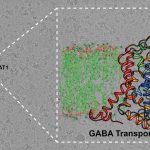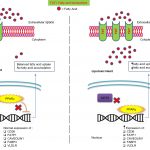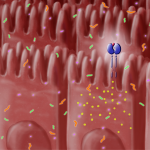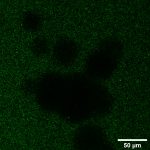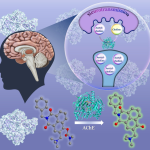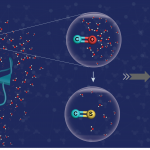
Communication between neurons happens through the release of chemicals called neurotransmitters. One such neurotransmitter is noradrenaline. The release of this chemical in the spinal cord helps relieve chronic pain conditions like fibromyalgia and neuropathic pain.
Noradrenaline levels are regulated by membrane-embedded transporter proteins, which act like molecular ‘vacuum cleaners’, removing excess neurotransmitters. Drugs that are prescribed as chronic pain medications typically work to increase the levels of noradrenaline in neuron junctions by blocking its transporter.
In a new study, researchers in the Molecular Biophysics Unit led by Aravind Penmatsa used X-ray crystallography to determine the structures of a neurotransmitter transporter to demonstrate how noradrenaline and dopamine – another neurotransmitter – display different types of interactions within the same transporter despite being chemically very similar. The distinct region within the transporter with which noradrenaline interacts is also the site where certain pain-relief drugs bind and specifically block noradrenaline uptake.
The team discovered that any alterations in this region severely compromise the drugs’ ability to block noradrenaline uptake. The findings provide a paradigm for designing improved inhibitors of noradrenaline transport with limited side-effects, to mitigate chronic pain.

